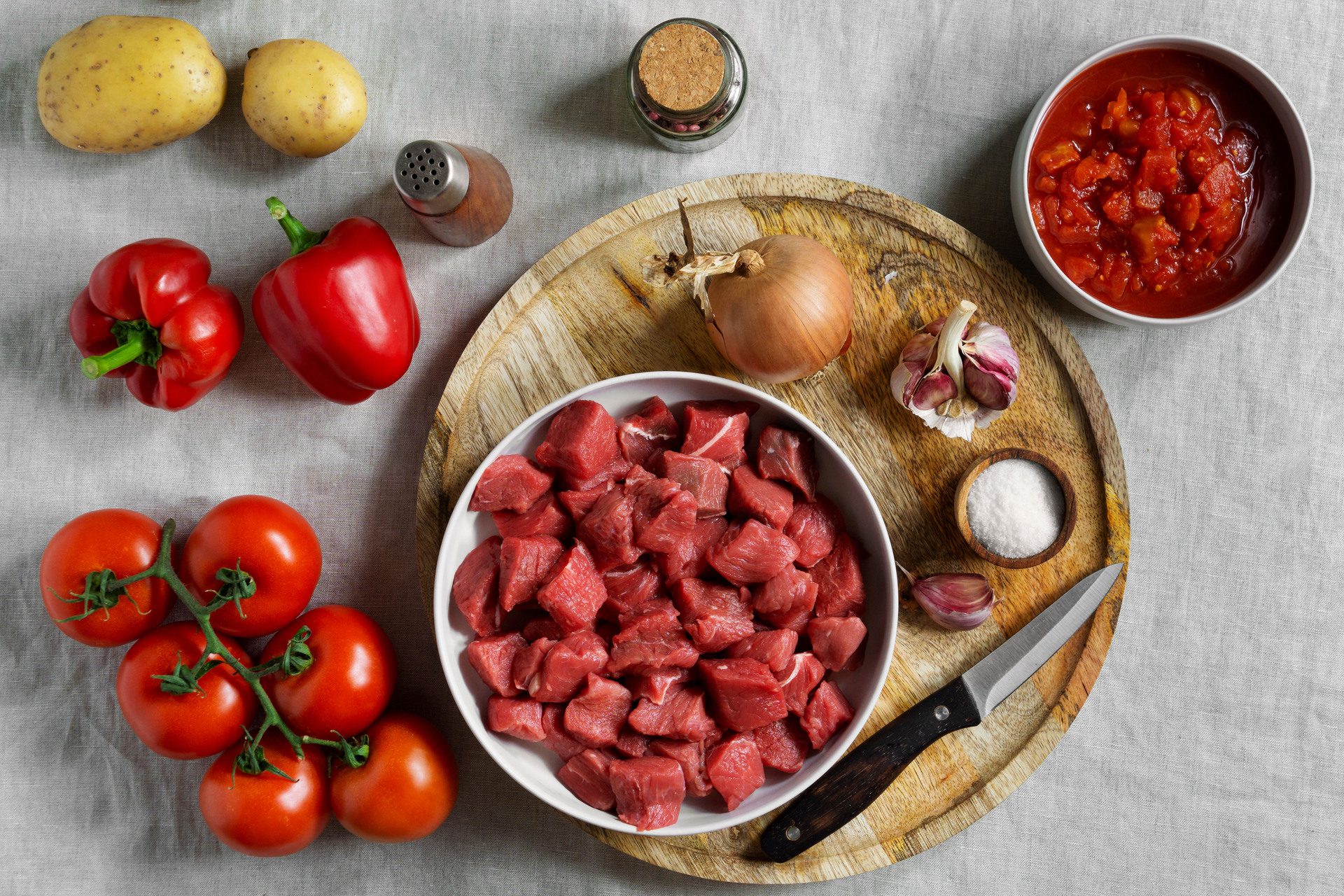We all want to live longer and better, seeking health throughout every stage of life. To achieve this aim, adopting healthy habits is essential. In addition to engaging in regular physical activity—which is unanimously recommended by experts from various fields—getting quality sleep and maintaining a balanced diet are crucial in building a healthier body.
That’s why I want to discuss a topic that often sparks debate and, at times, controversy: red meat. Many people are apprehensive about consuming it due to conflicting information and dietary myths. However, red meat can be an important ally in a balanced diet, contributing to proper nutrition.
Red meat is rich in essential nutrients such as iron, zinc, sodium, potassium, magnesium, and B-complex vitamins, including B1, B2, B6, and B12. Additionally, it is an excellent source of high-quality protein, containing all the essential amino acids that the body needs but cannot produce. Notably, red meat is rich in creatine, the trendy amino acid that many people are now purchasing in powdered form from supplement stores. Creatine has scientifically proven benefits, particularly for muscle mass gain, strength, and recovery between workouts. Some studies even suggest cognitive benefits, though more research is needed to support this theory. The question remains whether cognitive improvements stem from enhanced physical activity capacity—facilitated by creatine, which in turn benefits brain function—or from creatine consumption itself.
Un punto crucial es que el hierro presente en la carne roja se absorbe con mayor eficiencia que el hierro de origen vegetal. Esta forma de hierro es altamente biodisponible, con tasas de absorción que varían entre el 40 % y el 60 %, lo que contribuye a la prevención de la anemia y otros problemas de salud. Desde la infancia hasta la tercera edad, la carne roja desempeña un papel vital en la salud. Para los niños, por ejemplo, es fundamental para el desarrollo del sistema nervioso central, ya que proporciona un equilibrio entre proteínas, grasas saturadas y una variedad de vitaminas y minerales.
A crucial point is that the iron found in red meat is absorbed much more efficiently than the iron from plant-based sources. This type of iron is highly bioavailable, with absorption rates ranging from 40% to 60%, helping prevent anemia and other health issues.
From childhood to old age, red meat plays a vital role in health. For children, for instance, it is fundamental for the development of the central nervous system, as it provides a balance of proteins, saturated fats, and a variety of vitamins and minerals.

For adults and older individuals, especially those over 50 or 60, red meat becomes an excellent protein source during sarcopenia, the natural loss of muscle mass that occurs with aging. Adequate protein intake helps maintain strength, autonomy, and overall health.
It is important to highlight that a healthy diet should include a balance of both animal and plant-based foods. Red meat can be part of this balance when consumed appropriately.Es importante destacar que, para una alimentación saludable, debe existir un equilibrio entre productos de origen animal y vegetal. La carne roja puede formar parte de esta composición, siempre que se consuma de manera adecuada.

Following recommendations from the Ministry of Health and the World Health Organization, consuming between 300 to 500 grams of red meat per week is considered safe and is not associated with an increased risk of diseases. This quantity can be adjusted according to individual needs and healthcare professionals’ recommendations.
In all the interventions I have conducted—whether on TV programs or during a population-wide intervention in Jaguariúna, São Paulo—we always addressed these discussions to clarify and debunk myths and misconceptions surrounding food in general.
Dispelling myths about red meat is essential for an informed and healthy diet. Instead of fear, we should focus on science and the nutritional benefits it can provide. Incorporating red meat in a balanced way into one’s diet can be an effective strategy for promoting health throughout life.





